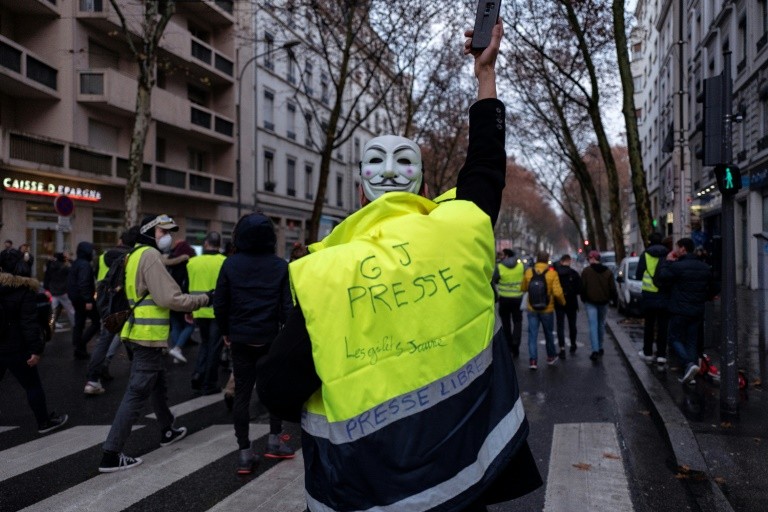The air pollution in the l’Île de France and Brittany, this Sunday is even worse than that forecast, according to data released by AirParif. The association had planned a high index of pollution on the region but it finally touches the category “very high” and is estimated at 99 by AirParif. Motorists are asked to slow down on the road.
The air pollution in the l’Île de France this Sunday is even worse than that disclosed, according to data released by AirParif. The association had planned a high index of pollution on the region but it finally touches the category “very high” and is estimated at 99 by AirParif.

Maps of the air pollution to fine particles are red. According to AirParif, the pollution index for particulate matter (PM10) by European standards, was 96 on Saturday 21st January. It is 99 this Sunday and will be 89 tomorrow.
Today, the maximum concentration levels of pollutants should be between 90 mcg and 110 mcg / m³ of air for particulate matter (PM10).

In the Brittany region, the prefecture is asking motorists to try to avoid using your car, and if you do, then slow down and reduce speeds. Since midnight, the rate was lowered by 20 km/h on all highways of Brittany. The speed limits are usually limited to 110 km/h, the new limit is 90 km/h. The reason? Substantial pollution of the air by the microparticles in suspension.

The measure, in force since Saturday evening and will be valid for at least 48 hours (until Monday evening), was taken by the Ille-et-Vilaine prefect, because of high concentrations of microparticles identified in the department. The prefects of the three other Breton departments took the same measures. Speed checks on road and pollution controls will also be carried out by the security forces.
Yesterday, the prefecture announced Monday the establishment of differentiated movement to fight against pollution. The vehicles bearing the gray vignette (category 5), that is to say vehicles considered most pollutants, will not be allowed to circulate in the capital. Other vehicles, those with green labels, but also vehicles of categories 1 to 4, will circulate normally.
This is the first time that the police department takes such action. Previously, when a pollution peak, she could be required to decide alternating traffic.




